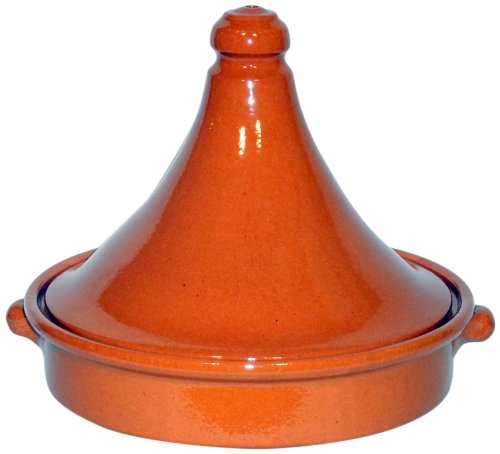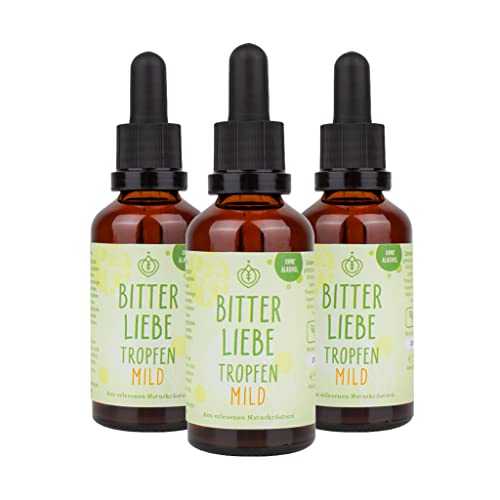Understanding Tagine Pots: What They Are and How They Work
What is a Tagine Pot?
A tagine pot is a traditional Moroccan cooking vessel characterised by its conical lid, designed to promote slow cooking. The shape of the lid allows condensation to form and then drip back into the dish, keeping it moist and enhancing the flavours. Used for centuries in North Africa, tagines are as much an art piece as they are a cooking tool, reflecting the rich culinary heritage of the region.
How Does a Tagine Work?
Cooking with a tagine pot is a unique experience. The bottom half acts as a base that cooks food evenly over low heat. Whether you’re using a stove, an oven, or an open flame, it’s essential to start at a lower temperature. Adding ingredients like meats, vegetables, and spices allows them to stew together, resulting in delicious, tender dishes. The cooking process can take several hours, but this is where the magic happens; flavours deepen and meld together beautifully.
Choosing the Right Material: Clay vs. Cast Iron vs. Others
Clay Tagines
Clay tagines are the classic option and are often seen as the best choice for authentic recipes. They are porous, allowing for steam to escape, which keeps dishes moist. However, they can be more delicate and require some care to prevent cracking.
Cast Iron Tagines
Cast iron tagines are durable and provide excellent heat retention, making them ideal for even cooking and browning. They come with the added benefit of being less prone to damage compared to their clay counterparts. They often come with an enamel coating, making them easier to clean.
Other Materials
You might also come across tagines made from ceramic or even stainless steel. Each material has its unique advantages. Ceramic tagines can often be used in the oven, while stainless steel models are incredibly durable and easy to maintain. When choosing a material, consider your cooking style and how often you plan to use the pot.
Size Matters: Finding the Perfect Size for Your Needs
Understanding Tagine Sizes
Tagines come in a variety of sizes, typically ranging from small ones that serve two to larger options that can accommodate up to ten people. Assess your cooking needs based on the size of your household or if you plan to entertain guests frequently.
Choosing the Right Size
If you’re a couple or cooking for a small family, a medium-sized tagine will suffice. For big gatherings, opt for a larger pot. Remember that a tagine doesn’t just cook good portions; it also allows leftovers to be stored in the pot, keeping them fresh and flavourful.
Cooking Techniques with a Tagine Pot: Tips and Recipes
Basic Cooking Techniques
To get the best results, begin with marinating your ingredients. This adds depth to the flavour profile of your dish. Start cooking over low heat and gradually increase as necessary. Layer your ingredients wisely; meats should go at the bottom, followed by root vegetables and, lastly, herbs on top.
Classic Tagine Recipes
Consider trying a traditional lamb tagine with apricots, where the sweetness of the fruit complements the savouriness of the meat. Another popular option is chicken tagine with preserved lemons and olives, presenting a tantalising mix of flavours. Explore recipes and make adjustments based on your taste preferences.
Caring for Your Tagine Pot: Maintenance and Longevity
Cleaning Your Tagine
After each use, let your tagine cool down before washing. Avoid using harsh detergents; instead, a gentle soak with warm, soapy water followed by a soft cloth is often enough. For clay models, avoid shocking them with sudden temperature changes, as this can lead to cracks.
Storing Your Tagine
Ensure your tagine is completely dry before storing. It’s best to keep it uncovered in a cool, dry place to prevent moisture accumulation. When using the tagine again, season it by rubbing a little olive oil on the inside to help maintain its non-stick properties.

































